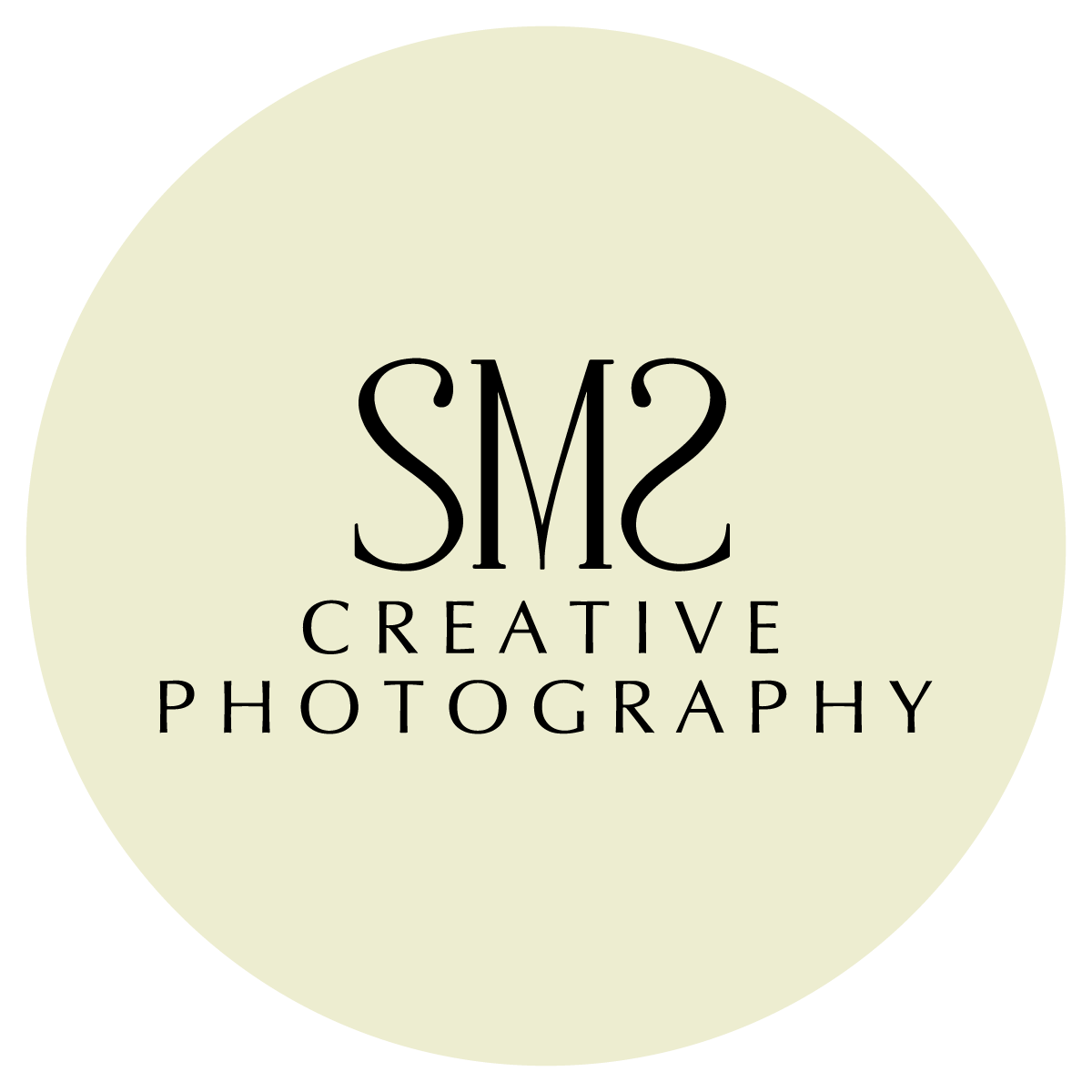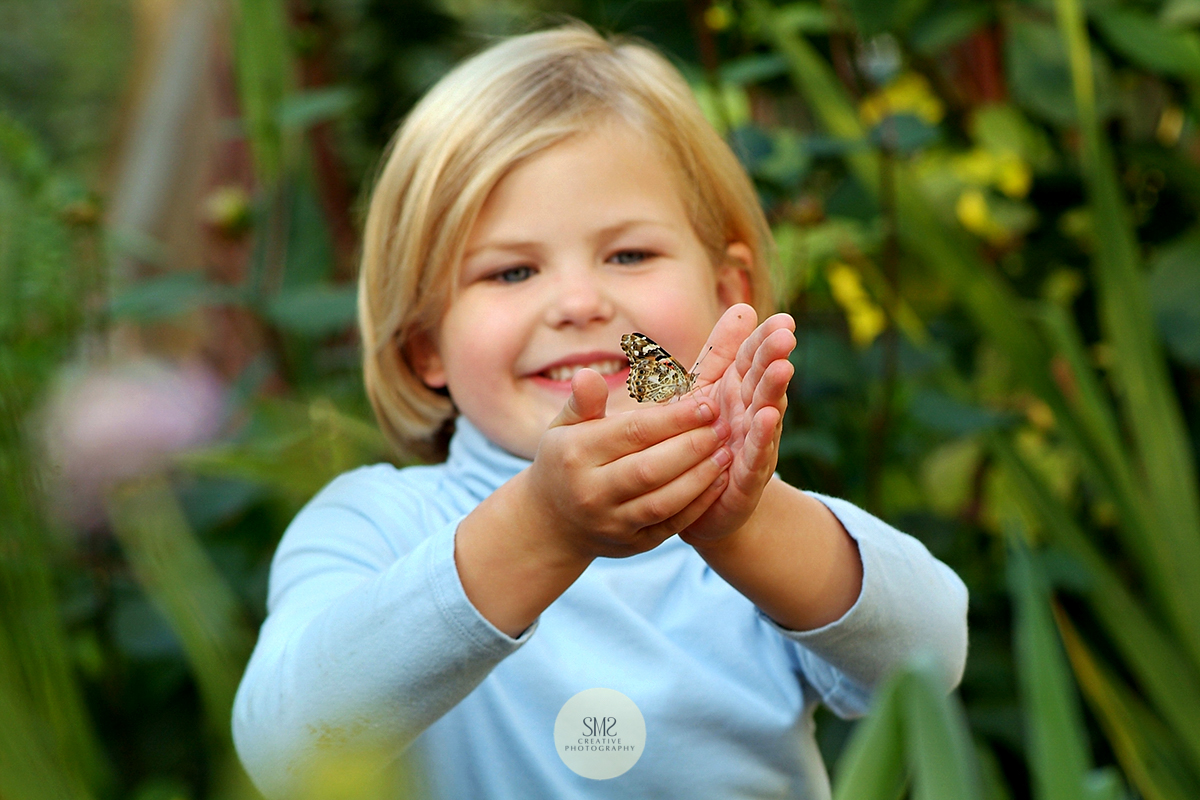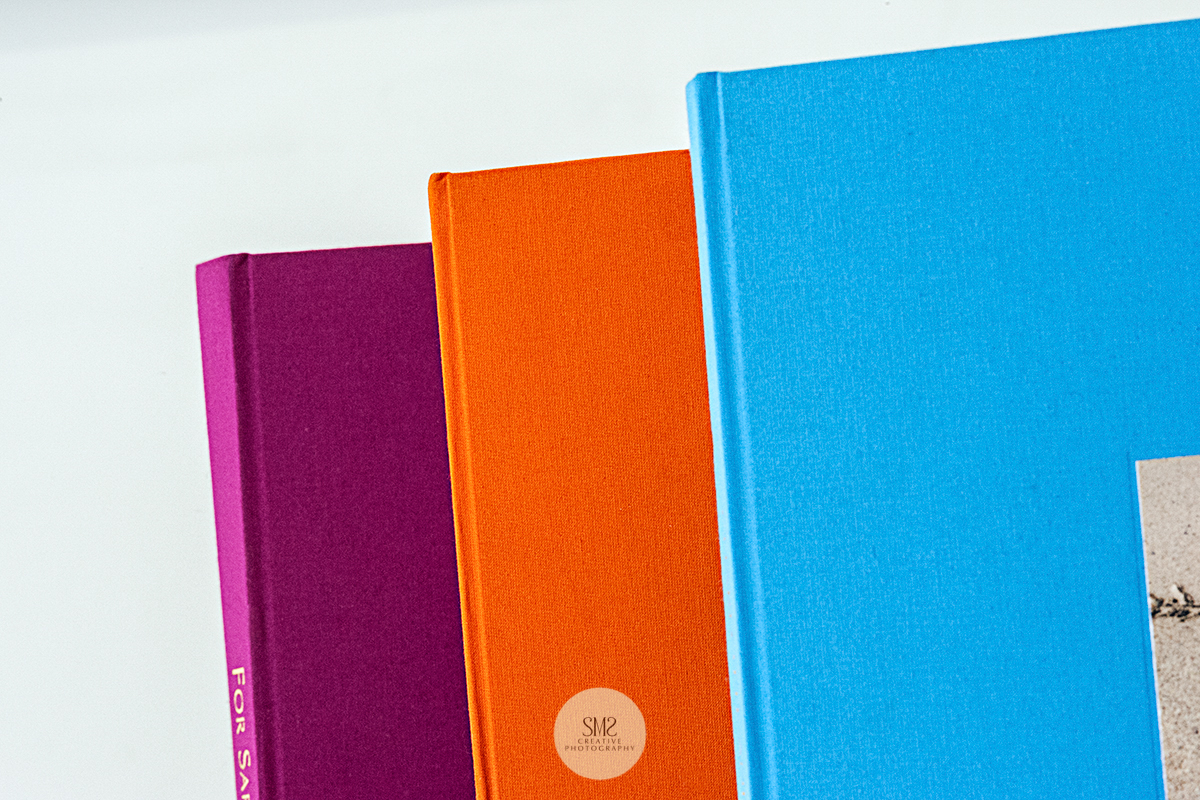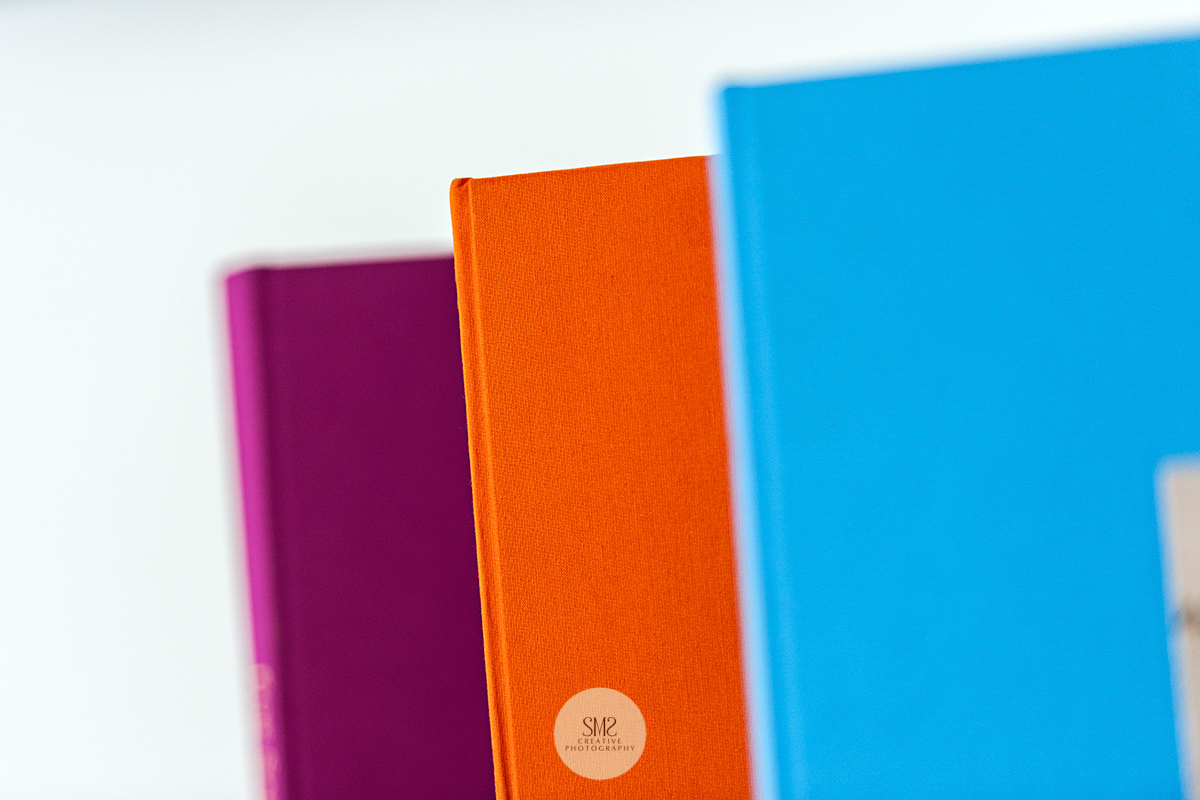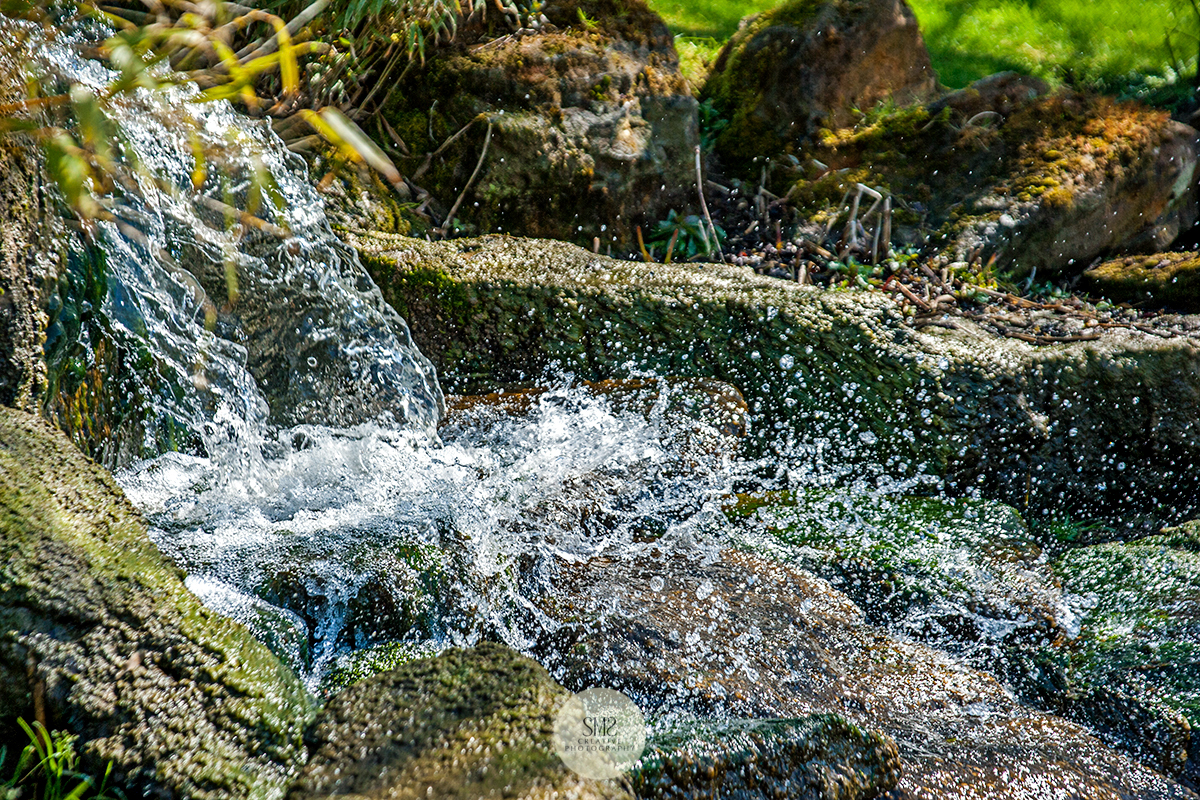'Depth of field' is the area in your photograph that is in focus from the nearest point to the furthest.
Sometimes we may choose to have an image that is sharp throughout, showing the foreground with the same focus as the background. Alternatively, we can choose to separate the subject from the background by using a shallow depth-of-field to achieve this. Here are my tips to achieve this:
1. Select the correct lens. I would normally chose a 70-200mm - the longer the focal length the shallower the depth-of-field.
2. Use a wide aperture - f2.8 or f4 works best.
3. Position your subject at least two metres away from the background to separate the two. The further away your subject is from the background, the more out of focus the background will be.
4. Adjust your shutter speed and ISO accordingly to get the best exposure. Remember not to go below 1/60th to avoid camera shake.
5. The closer you are to your subject, the shallower your depth of field will be. If you are two meters from a subject and shooting at f/2.8 with your 70mm lens, you may get 10cm of depth to your focus. With the same lens and aperture at 10 meters, you may get 100cm of depth.
6. If you are looking to create soft backgrounds with a less than optimal lens such at a 16mm prime, get really close to your subject to achieve the desired results of shallow depth-of-field.
7. Always experiment with different lenses to achieve a variety of results using different subjects.
Stella
